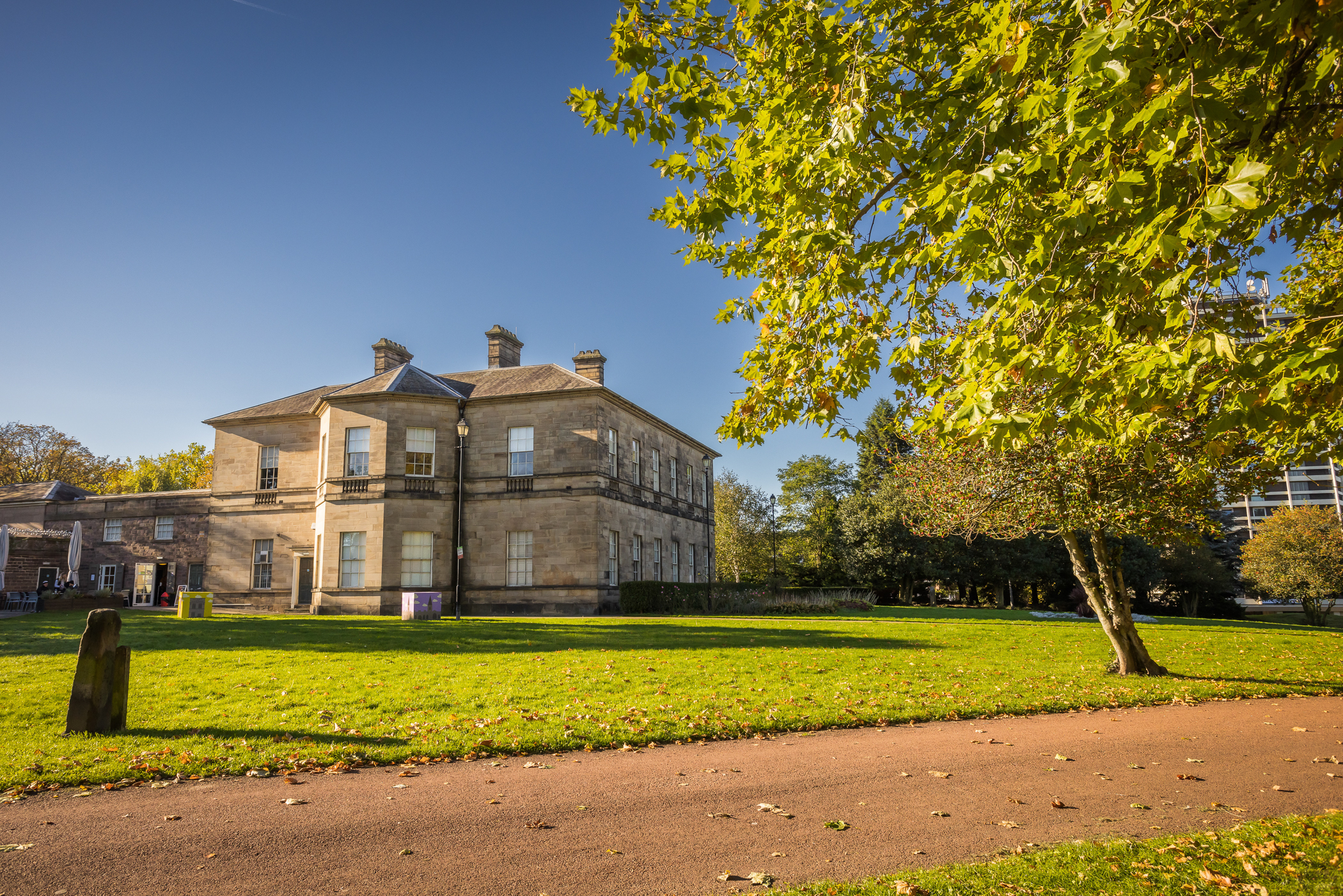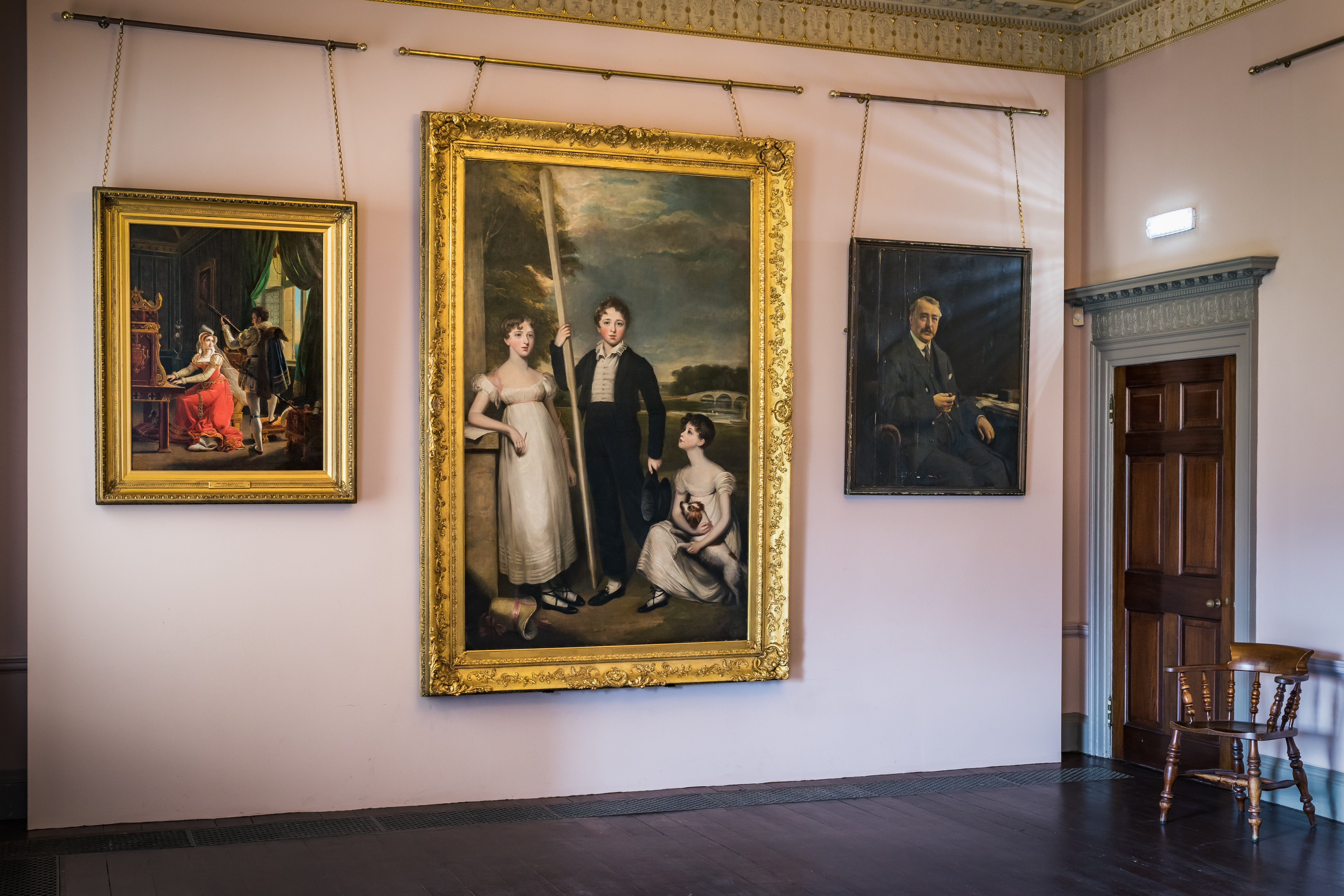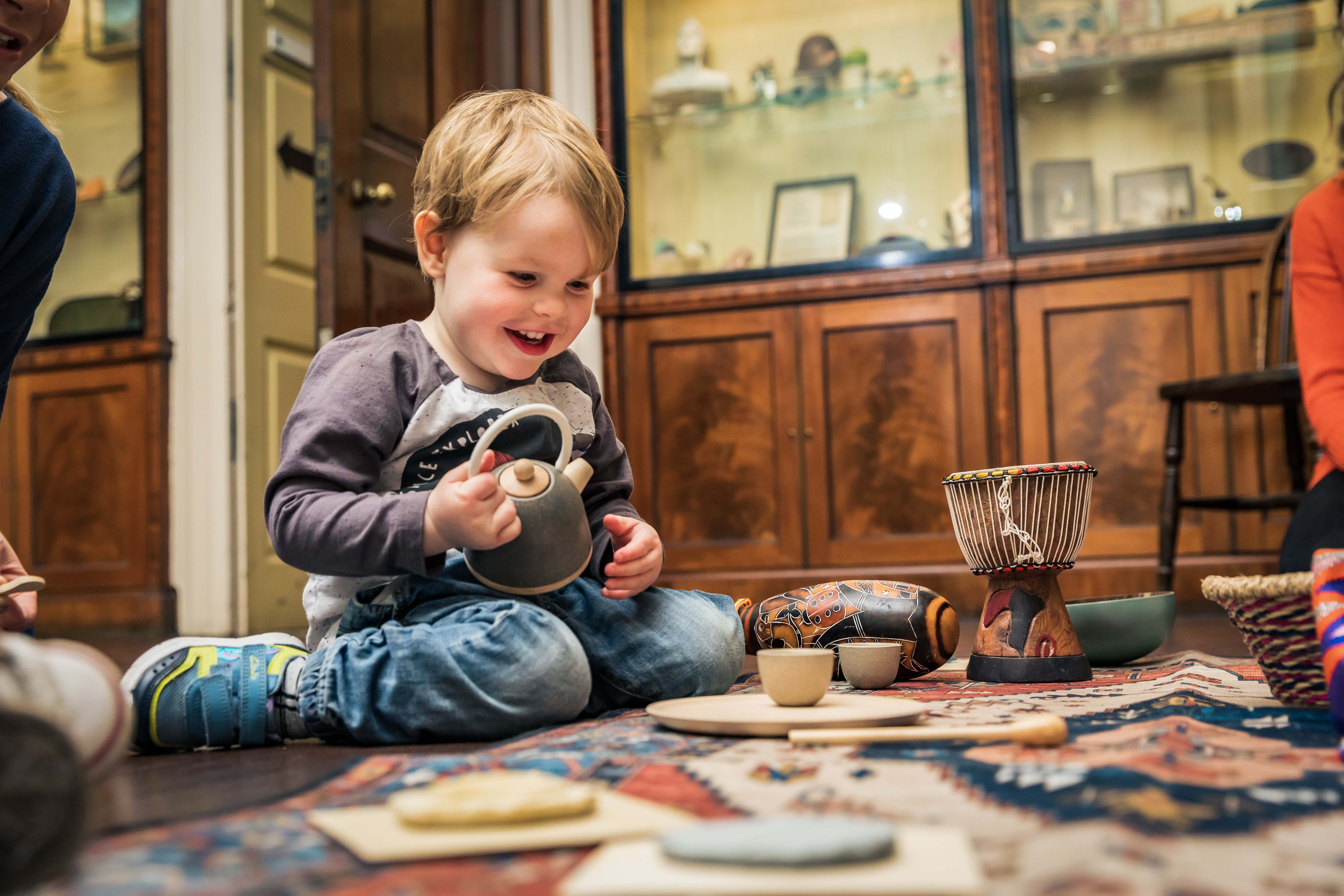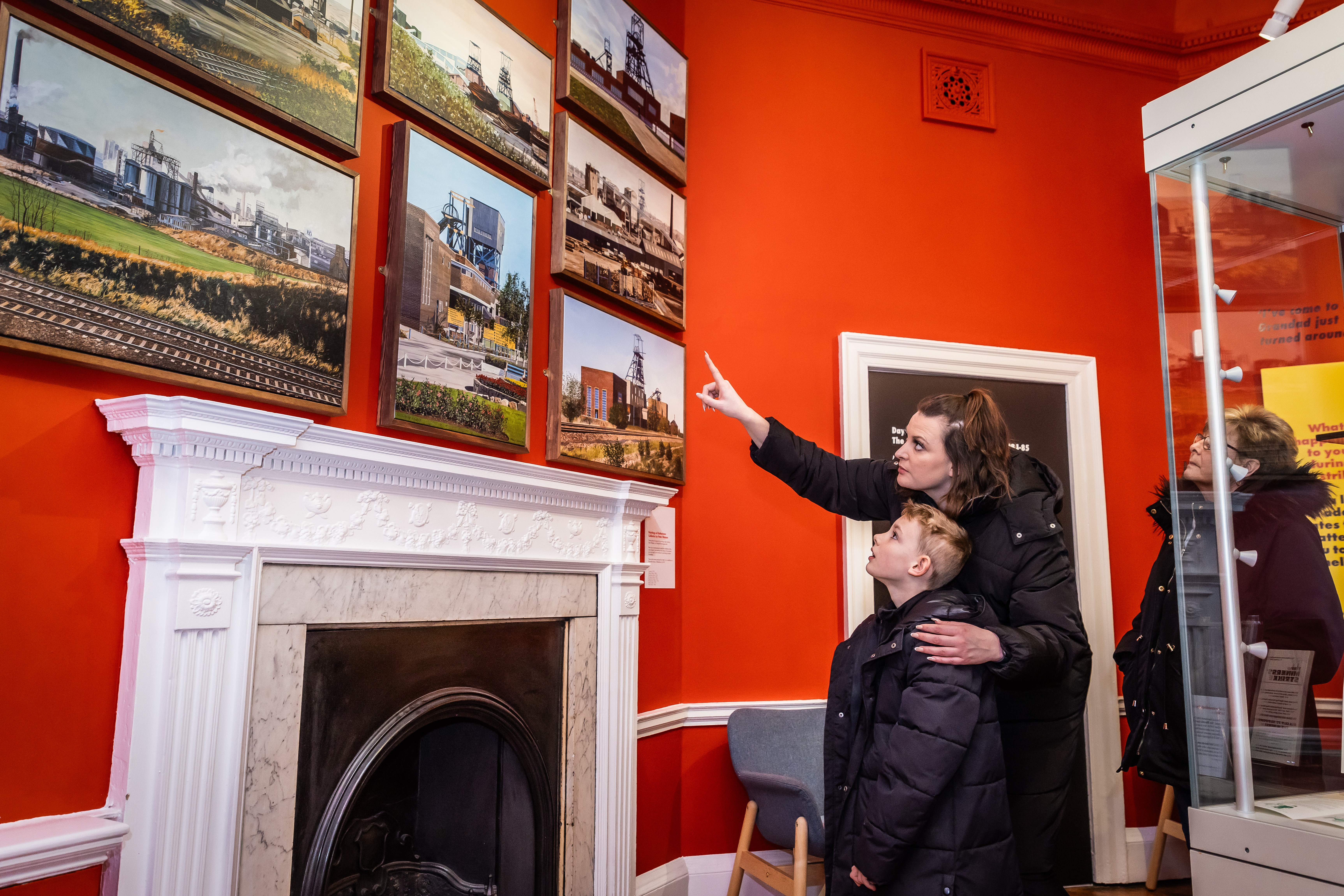Hidden Histories: Clifton Park Museum

Many of our visitors have been coming to Clifton Park Museum since they before they can even remember. The Roman pillars, Marco the Bear, Nelson the Lion. These objects and the museum itself have become a part of our visitors’ lives, their stories, their history.
But what about the history and the tale of the house itself? How did all these items end up here, in the rooms of this impressive house, right in the middle of Rotherham, for you to visit?
From Not So Humble Beginnings

Clifton Park Museum was built in 1783. It wasn’t originally designed as a museum, but as a family home for Joshua Walker, the son of Samuel Walker, cofounder of the Walkers' iron and steel businesses in Rotherham in 1746.
Clifton House was a very public declaration of Joshua’s wealth and power, with its position on top of a hill making it visible from across much of Rotherham. It was designed by the Yorkshire architect John Carr, with additional work added at a later date by Rotherham architect John Platt.
The house has a distinct style that was in the latest design of the eighteenth century, known as 'Palladian' which copies classic Roman and Greek styles with the very plain stonework, classical columns, and symmetrical design. This was very fashionable at the time, and we like to think it remains just as elegant and eye-catching today.
When it was first built Clifton Park was actually well outside the town in what was agricultural land. The private grounds covered all the area that today is used as a public park. There was a fishpond, an icehouse and some of the land was let for grazing. The main entrance was roughly where it is now, but there was a wall and gates to hide the stables and kitchen garden.
It would continue to be the Walker family home until 1861 when Joshua’s son, Henry Walker, died. Following his death, Henry's heirs did not want to keep Clifton House. The property and the grounds were auctioned, and eventually bought by another wealthy industrialist, William Owen, who died in 1881, after which the house and grounds were put up for auction for redevelopment, but it failed to gain any suitable offers.
It wasn’t until a decade later, in 1891, that the house was sold to Rotherham Corporation for £23,000 for use as a Municipal Park.
From Beloved Family Home to Beloved Museum

It's from here that the museum as we know it was born, opening its doors as Rotherham Museum in 1893.
Many of the early collections in the Museum were made up of items donated and lent by local people. A significant number were also provided by local societies, such as finds from the Roman excavations of Templeborough in 1877 by the Rotherham Literary and Scientific Society. The main purpose of the museum was to instil a sense of pride in the area.
We still have many of these items on display in the Library Gallery, where you can look back at our roots of showing art and objects from societies and wealthy individuals in the area, and objects collected from across the world.
However, our focus and purpose as a museum has changed over time. Today we want to tell stories about our community. We believe everyone has a story to tell. Collaborating with creatives and members of the community, we want to help tell these stories, and create spaces for recognition, reflection, and connection.

We’ve seen the impacts of this in our recent exhibition ‘Days of Laughter, Days of Pain: The Miners’ Strike in Rotherham 1984 to 1985’. The positive response we had was both unexpected and emotional, and showed how important it is for us to create spaces for local communities to identify with.